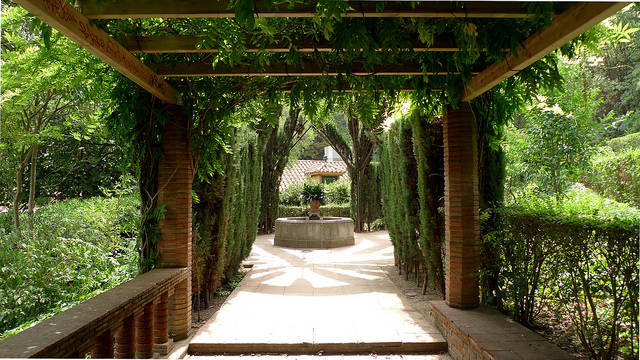
Sand as a gardening material has long been used to increase porosity by opening many different types of soils to other elements, primarily air and water. Mixing sand and soil is a favourite to many gardeners alike as it boosts the overall quality and performance, giving the avid gardener a much nicer garden.
By simply adding sand to a stiff clay type soil helps separate the particles so that air and moisture are able to freely move, therefore correcting the soil, allowing it to properly crumble when squeezed into a ball. Sand can also provide bigger pore spaces where vital bacteria and fungi can grow. This, in turn,helps gradually improve the humus content, allowing the clay soil to turn into better state of a clay loam.
Unfortunately, however, this result is not always possible when sand is added to clay soil. A large amount of sand is often needed to bring about any noticeable improvements. For the perfect mixture of sand and soil, one third should be sand and not more than two thirds should be clay. If sand is used sparingly it will merely act as an aggregate, like in a concrete mixture, instead of separating the clay particles. The individual grains of sand will instead cement themselves together by finer clay particles,forming an almost inaccessible solid.
An example of this would be an experiment, to which twenty per cent sand had been added to a stiff clay. This mixture became so hard that it resembled a fully dried cement sidewalk. However, when another inch of sand was evenly spread out over the top of the soil, and finally worked in by a rotary tiller, the entire mass of sand and soil crumbled and completely fell apart. Almost like magic.
Therefore, if sand is used to modify any types of clay, no more than six inches deep, then there should always be at least a three-inch layer of sand over the entire area.